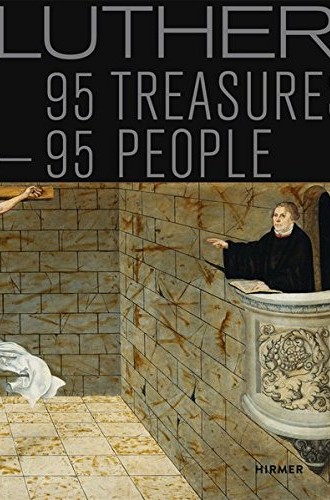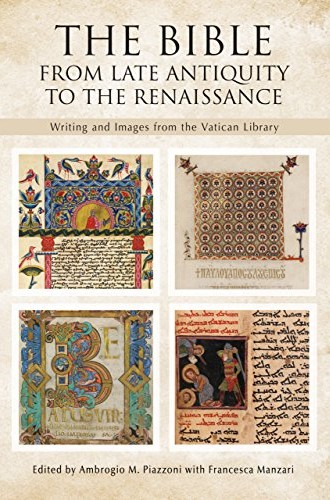Coffee table treasures
Most books are easy for me to give away. Not beautiful books about biblical manuscripts or Martin Luther’s legacy.
One perk of handling many, many books—and then sending them to other people—is that I rarely get emotionally attached to physical copies of books anymore. (Confession: I don’t even have a hard copy of my own book. After giving away all my free copies, I've been reluctant to shell out the cost of another one to keep on my shelf at home.)
At the office, it’s the time of year when I go through the books I haven’t sent out for review and weed them out. Since 2018 has now begun, anything published in 2016 or earlier will be donated to the Theological Book Network. Same for any book we’ve already covered in CC—whether through an excerpt, a review, or this blog. And ditto for any book (no matter how old) I’m certain I won’t be sending out for review.
There’s almost nothing more satisfying than giving away large quantities of books to a nonprofit organization that helps supply seminary libraries in the majority world. But as I sort through my stacks each January, there are always a few books that I’m tempted to hang on to. This year, two coffee table books are tugging at my heart.






